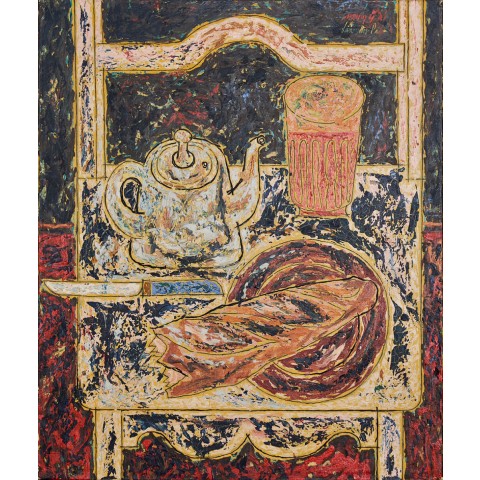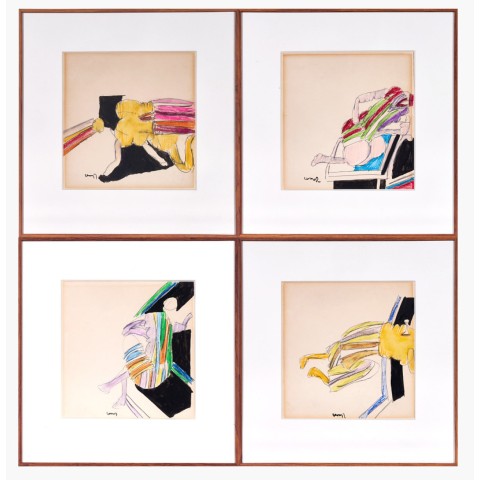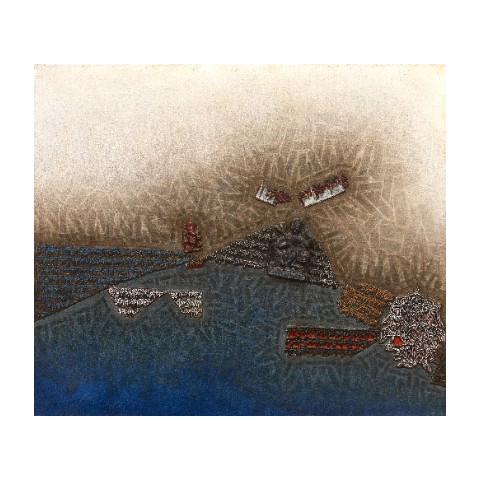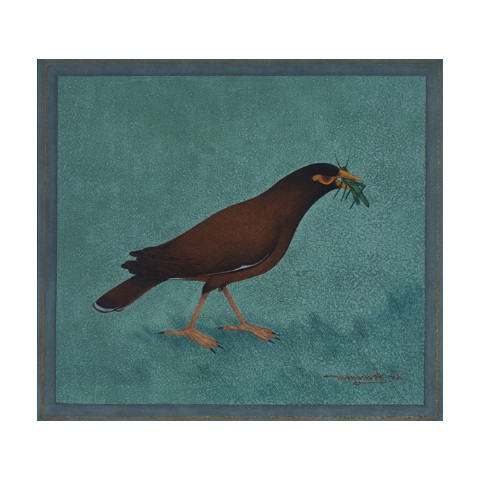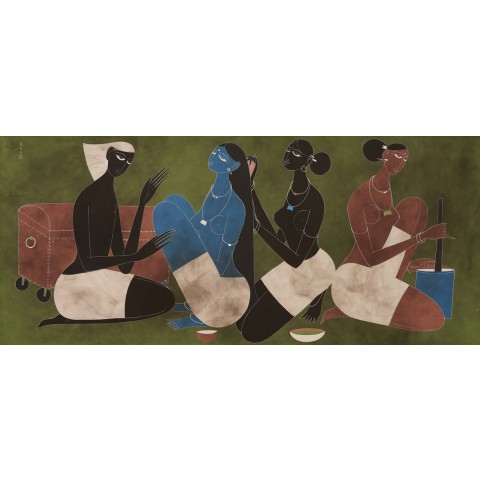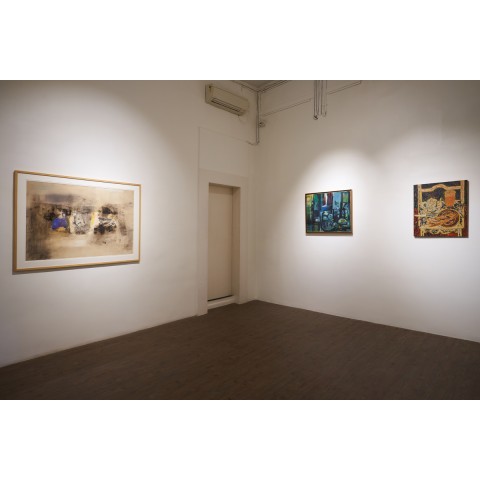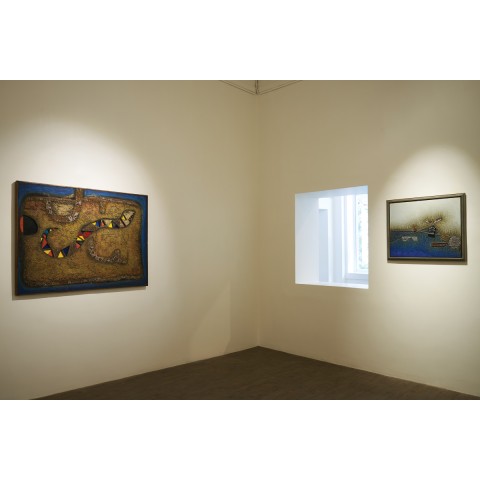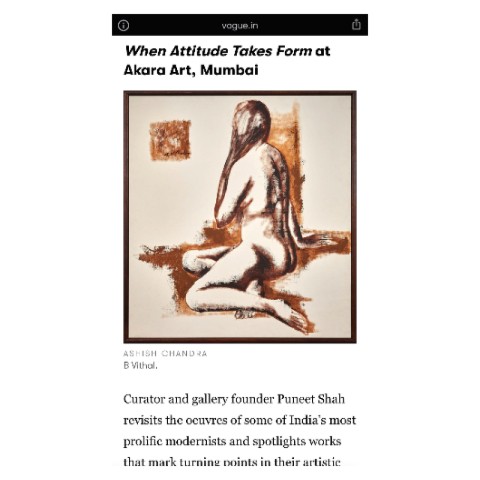
WHEN ATTITUDE TAKES FORM
April 07 - May 14 , 2022
Over the last couple of years, we
have seen much new-age interest in modern art. The art of old masters,
particularly ones who painted figurative, highly realistic works, has seen a
steady rise in contemporary culture. These masters are being
appreciated for the style and rarity of their craft once again.
In a world so inundated with
imagery, and a population with an arguably diminished attention span, it's easy
for the subtlety of old works to get jaded.
Much like the rebranding of old advertisements to sync with the current
trends, this exhibition nudges into the limelight, the calibre and skill of
these artists by presenting them in a contemporary set-up.
"When Attitude Takes
Form" is an exhibition that features
unique pairings of modernists who were growing up in an India that was a
creative ferment of attitudes and beliefs, thus encouraging the artists to
experiment with their narratives and forms. This convergence of sorts intends to prompt collaboration
between art, artist and the viewer.
The show aims to create
encounters that will catapult the artists who have been in seclusion from the
mainstream and illustrate their importance even today. These artists made art
using traditional visual language and powerful mythic content that helps us
appreciate their relevancy even today.
A case in point is the art of
Laxman Pai and K.K. Hebbar. We can see, in their art, a
culmination of the process to develop a vocabulary through three separate
dialects. Where Pai's more in search of integrity & purpose, Hebbar's art
contended with form & aesthetics.
The exhibition sees the likes of
Lalu Shaw, B. Vithal and K. K. Hebbar’s experimentation with styles that are
very different from what they are known to have made. The portrait of the bird
is unlike Shaw’s typical creations, his inspiration from miniature art can be
seen in the fine brushwork used to make the bird. Subsequently, we have Hebbar
experimenting with the scale of his art and Vithal with the theme itself. Where
Hebbar has painted an entire narrative on a tiny canvas, B. Vithal’s nude is an
unusual step away from his typical sculptures and paintings of horses.
In this quick dive into art from
the early 50s to the late 80s, this exhibition shows us how the past practices,
living memories and revisited traditions were notable inspirations for these
artists. They changed their techniques, shared ideas and used their imagination
to fuel new creations. The kaleidoscope of colors, new concepts and determined
attitudes were what made these artists challenge not just themselves but also
their art.

